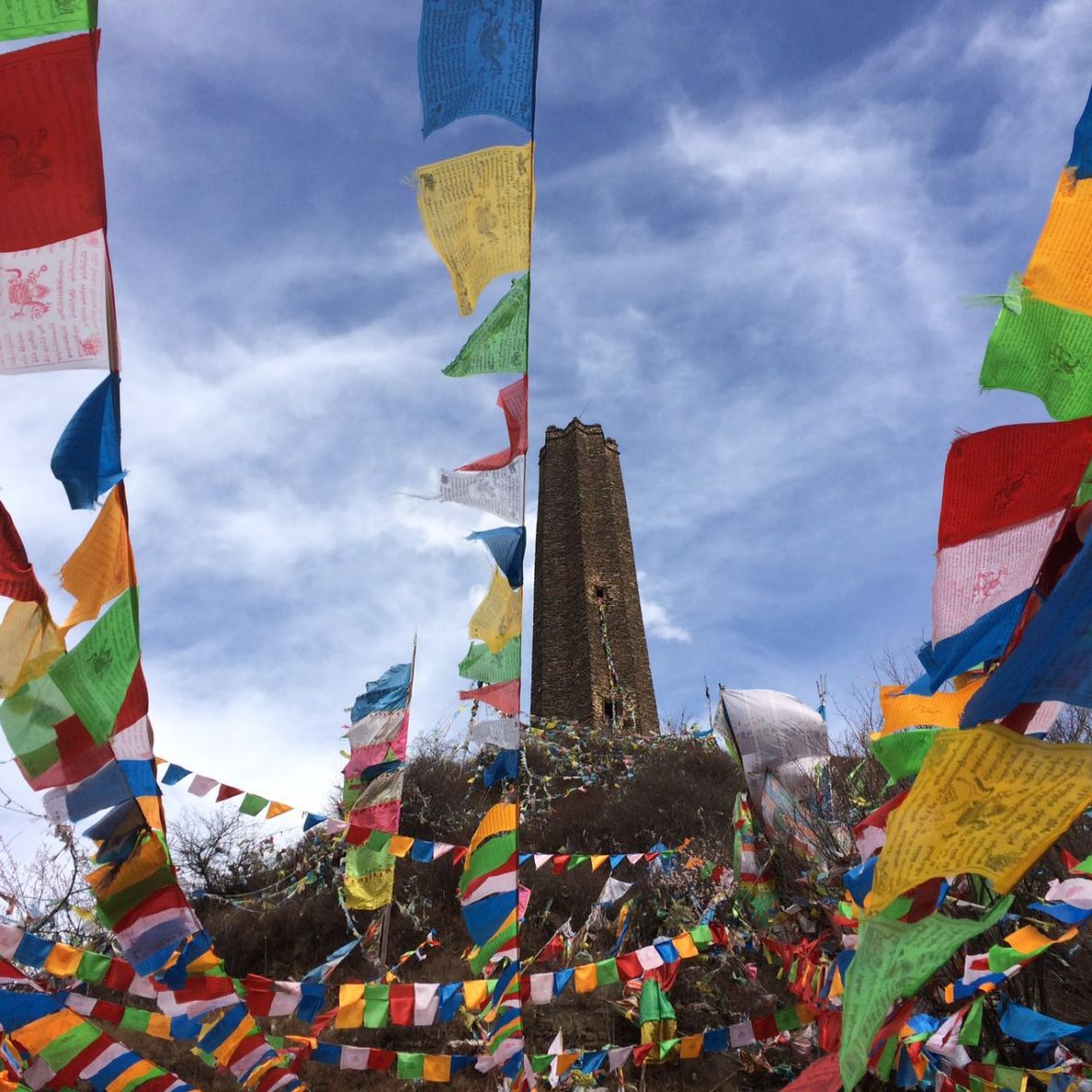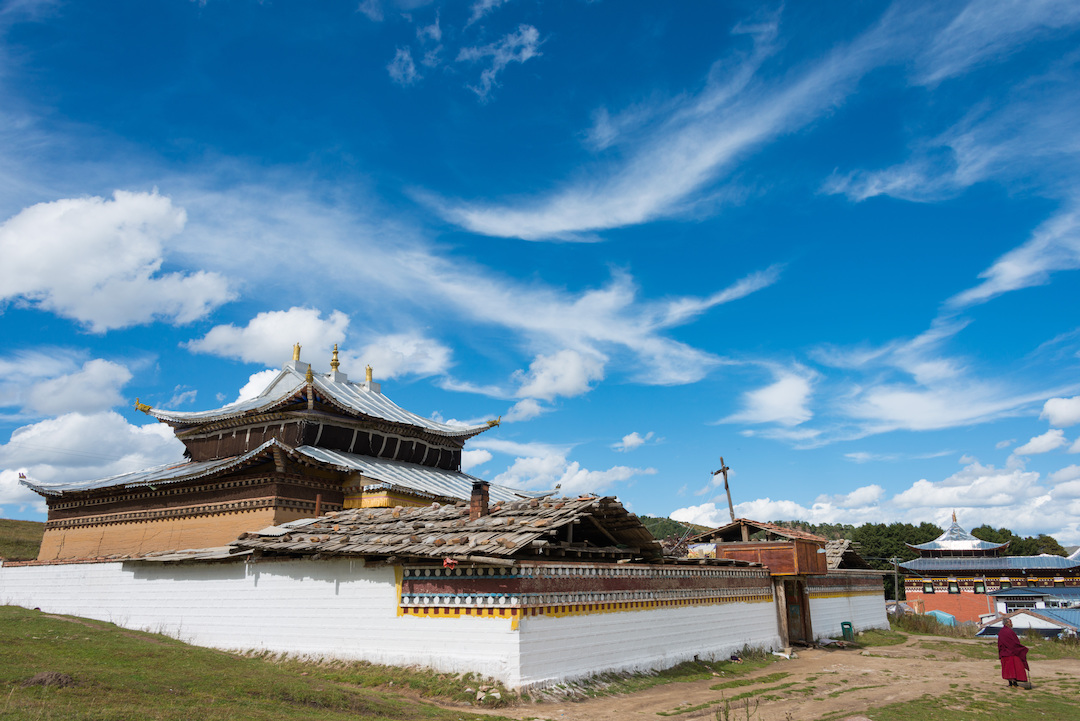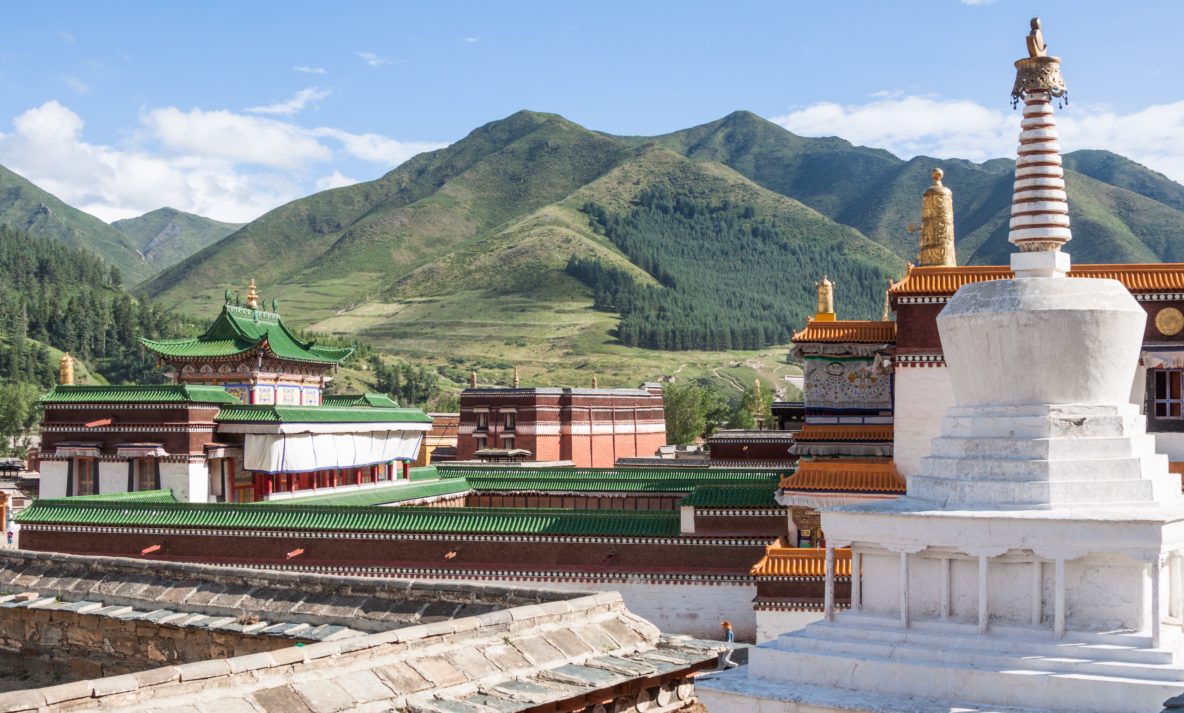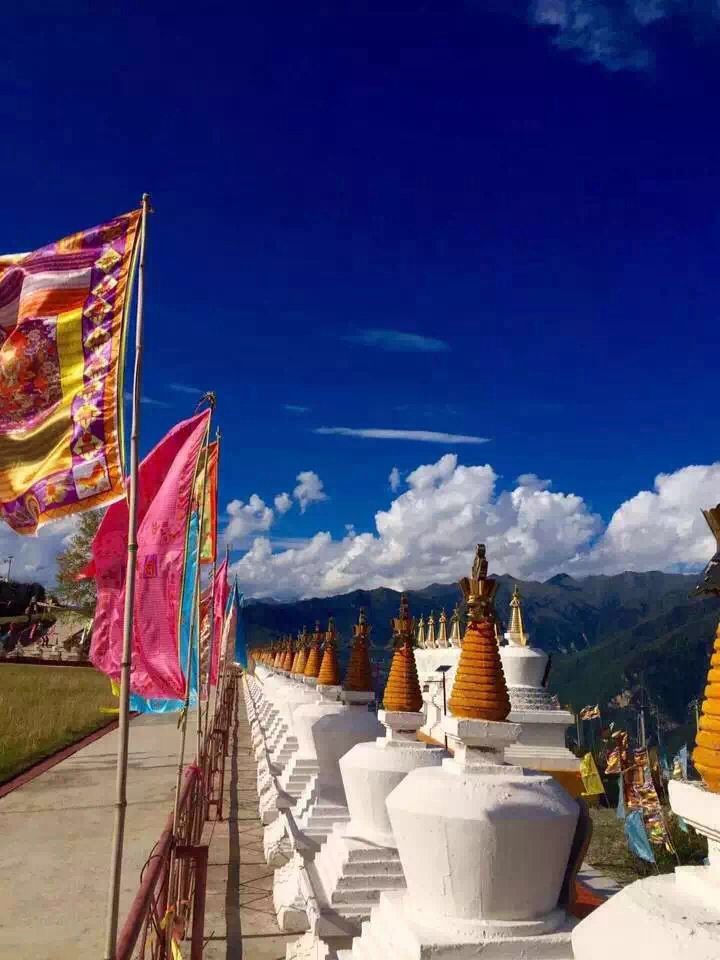The prefectural capital of Aba Tibetan and Qiang Autonomous Prefecture, sometimes known as Barkham (འབར་ཁམས), Maerkang (马尔康) holds a mostly Han Chinese population of around 50,000, with some Tibetans as well. Because of its elevation, Maerkang has a unique climate resting somewhere between subtropical and humid continental, where monsoons are …
Amdo Tibet
The region of Amdo Tibet lies on the North Eastern part of the plateau known today as the Qinghai-Tibet Plateau. It covers a large part of present day Qinghai Province as well as the adjoining parts of Sichuan and Gansu Provinces. This distinct region of Tibet lies the farthest away from Lhasa and is still primarily characterized as nomadic, especially throughout the prefectures of Golog (Golok), Huangnan, Hainan, Aba, and Gannan. Nomadic communities are spread across this vast area yet, unlike Kham Tibet, maintain a common dialect throughout. Amdo herdsmen fit the stereotypical image many people have of Tibetans as nomads, and the Golog tribe of southern Amdo are renowned as the most wild even by Tibetans themselves.
The Amdo Tibetans are unified by their relatively similar forms of the language, mainly based on archaic nomad dialects that seem to have changed relatively little over the centuries. Today the Amdo claim the highest levels of Tibetan literacy and are proud of their scholars both lay and monastic. Relative to Kham Tibet, this region is less mountainous with vast grasslands that are painted in green throughout the summer months while herds of yak and sheep graze under the care of shepherds. Winter brings an especially desperate environment to this part of the Tibetan plateau with low temperatures mixed with relentless winds.
The Chinese cities of Chengdu, Lanzhou, and Xining are the main gateway cities to Amdo Tibet. From these three cities there is convenient access to much of the region via land or air. Public buses are more comfortable than most people think these days, and if you are traveling in a group it is very economical to hire a private vehicle. Your guesthouse or hotel should be able to assist with arranging your ground transport depending on your needs. Airports are also conveniently located in Jiuzhaigou, Xiahe (Labrang), and Hongyuan.
Lhamo Gompa(Langmusi)
Different Faiths in Langmusi The Sichuan-Gansu border runs right through the center of Lhamo (ལྷ་མོ།) town. Here, Islamic and Buddhist faiths live peaceably together in this monastic village that hosts two Gelugpa Tibetan Buddhist monasteries as well as an Islamic Mosque. Lhamo offers visitors a look into both religions and cultures. …
Bsang chu rdzong (xiahe xian )
Located in Gansu Province, bsang chu rdzong (བསང་ཆུ་རྫོང་།), known as Xiahe’s (夏河)in Chinese.The main road runs parallel along the Daxia River. While some areas outside of town may have difficulties with running water or electricity, the well-worn tourist travelled areas does not experience any of these issues. Within a short distance …
Labrang Monastery
In the Tibetan area of Amdo, the Xiahe County, Gannan Tibetan Autonomous Prefecture, Gansu, the Labrang Monastery(བླ་བྲང་དགོན་པ།) houses the largest population of monks outside of the Tibetan Autonomous Region. The site is a popular tourist destination and only a four-hour drive from the provincial capital of Lanzhou. History To Tibetan …
Trochu (Heishui)
Trochu (ཁྲོ་ཆུ་རྫོང་།), under the Ngawa Tibetan and Qiang Autonomous Prefecture, is part of Sichuan Province. Most of the Tibetans found here are not Amdo speaking. In fact, they are part of a sub-group known as Gyarong, who are Qiangic speaking Tibetans. Known in Chinese as Heishui County (黑水), Trochu has something …
Chabcha (Gonghe)
Among the grasslands of Qinghai province, sitting in its own valley, lies the ever growing town of Chabcha (ཆབ་ཆ།). Known in Mandarin as Gonghe (共和县), this prefectural capital of Hainan has everything from crowded markets to beautiful landscapes and over the years has become a center point for transportation and …
- Page 2 of 2
- 1
- 2






